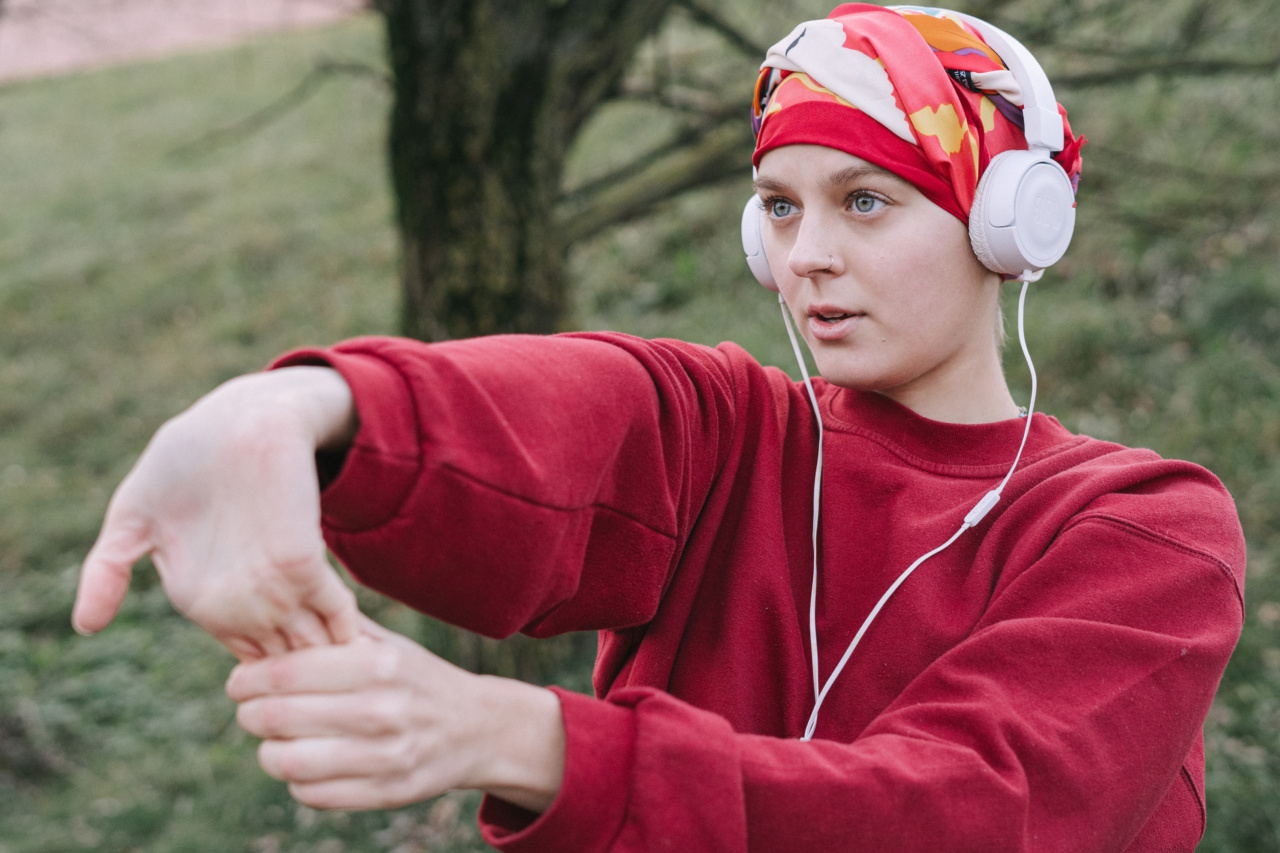Parkinson’s disease is a neurodegenerative disorder that affects the movement of the body. This disease occurs due to the degeneration of dopamine-producing cells in the brain.
Dopamine is a neurotransmitter that controls movement and emotion in the body. Parkinson’s disease can cause tremors, stiffness, and difficulty in movement. People with Parkinson’s disease can benefit from various exercises that can improve their physical and mental health. One of the most effective exercises is boxing.
What is Boxing Exercise?
Boxing is a workout that involves punching a speed bag, punching bag, and mitts. Boxing is an effective form of exercise that can improve cardiovascular health, strength, and endurance.
Boxing is a high-impact exercise that involves a combination of resistance and cardio exercises.
Why Boxing Exercise Works for Parkinson’s Disease?
Boxing has been shown to be an effective form of exercise for people with Parkinson’s disease. Boxing involves a combination of movements that target multiple body parts, including the hands, eyes, feet, and brain.
Boxing involves movements that require balance, coordination, and speed, which can help improve the motor skills of people with Parkinson’s disease. People with Parkinson’s disease typically suffer from a lack of arm swing when walking, difficulty in balancing, and slowness of movement; these are the motor symptoms of Parkinson’s disease.
Boxing can improve these motor symptoms of Parkinson’s disease by targeting the core muscle groups in the body.
Boxing also involves repetitive movements, which can help in developing new connections between the neurons in the brain. Repetitive movements can help in rewiring the brain and developing new connections between neurons.
Boxing requires focus and concentration, which can help in improving cognitive function in people with Parkinson’s disease. People with Parkinson’s disease also have a higher risk of depression, anxiety, and other mental health issues. Boxing can help in reducing stress levels and improving the mental health of people with Parkinson’s disease.
How Does Boxing Help Parkinson’s Disease?
Boxing uses a combination of techniques that can help people with Parkinson’s disease improve their motor and cognitive functions. Here are some of the ways boxing can help Parkinson’s disease:.
Improves Strength and Endurance
Boxing involves a combination of resistance and cardio exercises, which can improve strength and endurance in people with Parkinson’s disease.
Strengthening the core muscles and increasing cardiovascular endurance can help improve the motor symptoms of Parkinson’s disease.
Improves Balance and Coordination
Boxing involves movements that require balance and coordination, which can improve the balance and coordination of people with Parkinson’s disease.
Boxing can improve the body’s proprioception, which is the body’s sense of position and movement in space.
Improves Cognitive Function
Boxing requires focus and concentration, which can help improve cognitive function in people with Parkinson’s disease. Boxing can improve mental agility, decision-making, and focus.
Improves Mood and Well-being
Boxing can help reduce stress levels, improve the mood, and enhance the overall well-being of people with Parkinson’s disease.
Boxing is a social workout that involves interacting with people, which can help reduce feelings of isolation and loneliness.
How to Start Boxing for Parkinson’s Disease?
It is essential to consult a doctor before starting any new exercise. People with Parkinson’s disease should take safety precautions while practicing boxing.
The following are some tips for people with Parkinson’s disease who want to start boxing:.
Find a Trained Instructor
It is essential to find a trained boxing instructor who has experience in working with people with Parkinson’s disease. A trained instructor can design a workout plan that caters to the specific needs of people with Parkinson’s disease.
Start with Basic Moves
People with Parkinson’s disease should start with basic boxer moves such as punching, jabs, and footwork. Basic moves can help build the foundation for more advanced boxing techniques.
Practice Regularly
Regular practice is essential in improving the motor and cognitive functions of people with Parkinson’s disease. Practice boxing at least twice a week for optimal results.
Take Safety Precautions
People with Parkinson’s disease should take safety precautions while boxing. Wear protective gear such as gloves and headgear. Warm up before each session and stretch after each session.
Conclusion
Boxing is an effective form of exercise that can help people with Parkinson’s disease improve their physical and mental health.
Boxing involves a combination of movements that can target multiple body parts and can help improve motor skills, cognitive function, balance, and coordination. People with Parkinson’s disease should consult a doctor before starting any new exercise routine. They should also take safety precautions while practicing boxing.
A trained boxing instructor can design a workout plan that can cater to the specific needs of people with Parkinson’s disease.




























